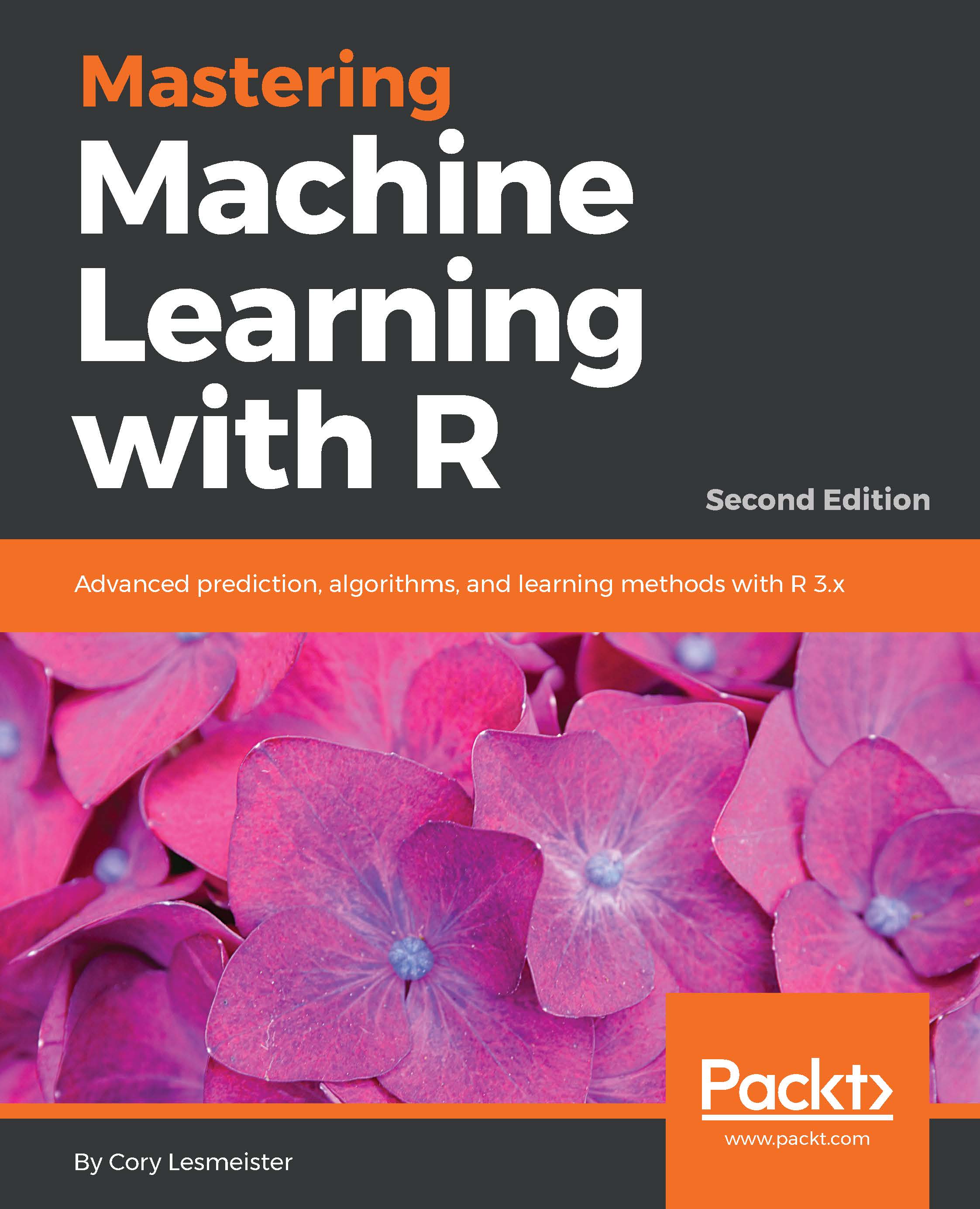"The true logic of this world is the calculus of probabilities."
- James Clerk Maxwell, Scottish physicist
- James Clerk Maxwell, Scottish physicist
In the previous chapter, we took a look at using Ordinary Least Squares (OLS) to predict a quantitative outcome, or in other words, linear regression. It is now time to shift gears somewhat and examine how we can develop algorithms to predict qualitative outcomes. Such outcome variables could be binary (male versus female, purchase versus does not purchase, tumor is benign versus malignant) or multinomial categories (education level or eye color). Regardless of whether the outcome of interest is binary or multinomial, the task of the...


